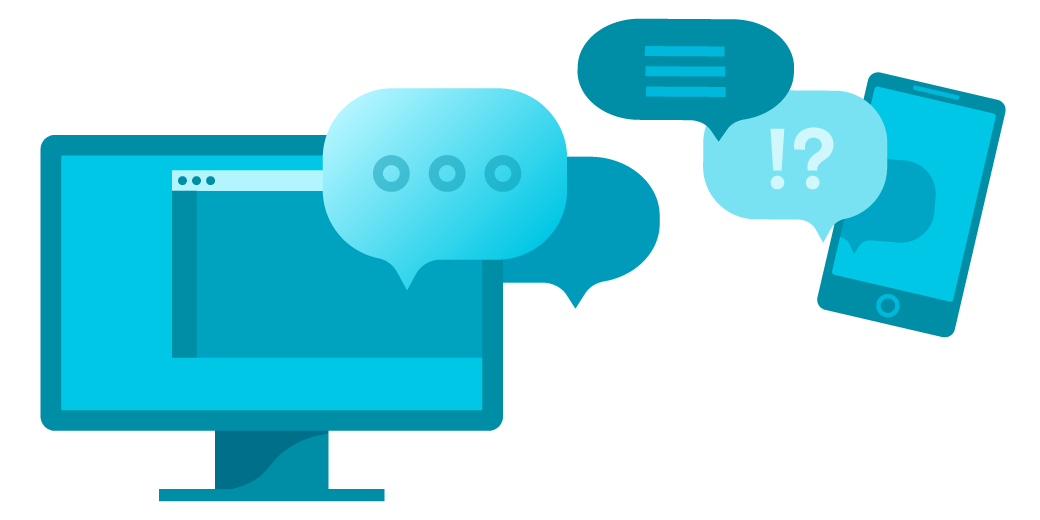At Atlassian we kind of
Our survey results show that people are not only using emoticons and emojis in their workplace communications, they also believe that using them positively influences teamwork. 95% of the people we surveyed said they are likely to send an emoticon to a coworker. Emoticon usage in the workplace is alive and well. Let’s see what else emoticons are doing for teams.
But first. An emoticon…isn’t that like an emoji?
Well, yes and no. Emoticons came first in the world of shorthand communication, and were formed by typing symbols on your keyboard such as : ) for a happy face or : ( for a sad face. Emoji, then, were the next iteration of this phenomenon, when mobile devices started loading in pre-created images like (
They help people make personal connections at work
These results get us really excited because we are all about teams and how they can work together better. And sure, agile processes are awesome and all, but feeling a personal connection to your coworkers is what really makes people happy on teams.
In our study, 62% of people reported feeling closer to their coworkers through using emoticons in their chats and conversations. What an (awesome)
And emoticons can help bridge the friend/coworker divide. For instance, in the survey, nearly half of respondents (49%) reported they would send the same emoji to a coworker as they would to a friend. And maybe that’s because emoticons help them share more of their personality, or just plain have fun.
61% of people we surveyed reported using emoticons to add emotion or personality to a message they send. And that’s important because it’s not always easy to bring your full self to work.
Emoticons help teams communicate better
Sometimes words just won’t do. In fact, they can muck up a lot of things. In this study, we found that 56% of people agree that using emoticons improves communication in the workplace. You can pack tons of meaning with a simple wink
For nearly any mood or feeling you’re trying to convey, emoticons can help with that. 51% of people who responded to our survey said that using emojis helps them better communicate tone. Like humor! 56% of people use emojis to make people laugh. And who doesn’t enjoy a good laugh at work? It’s therapeutic!
Emoticons mirror company culture
56% of people we talked to believe that emoticon usage reflects a company’s culture (like friendly, hip, or modern). It breaks down those corporate barriers that sometimes creep up. We’re all people at the end of the day, no matter if we work in finance, healthcare or a startup.
But, some barriers still apply when it comes to emoticon usage. For instance, 73% of people wouldn’t use the same emoticons with their boss that they’d use with co-workers. Which makes sense. Your boss might not love to be addressed with a sultry (heygirl)
Emoticon game strong
Well, now you know. Emoticons and emojis at work are here to stay. Is your (mindblown)
